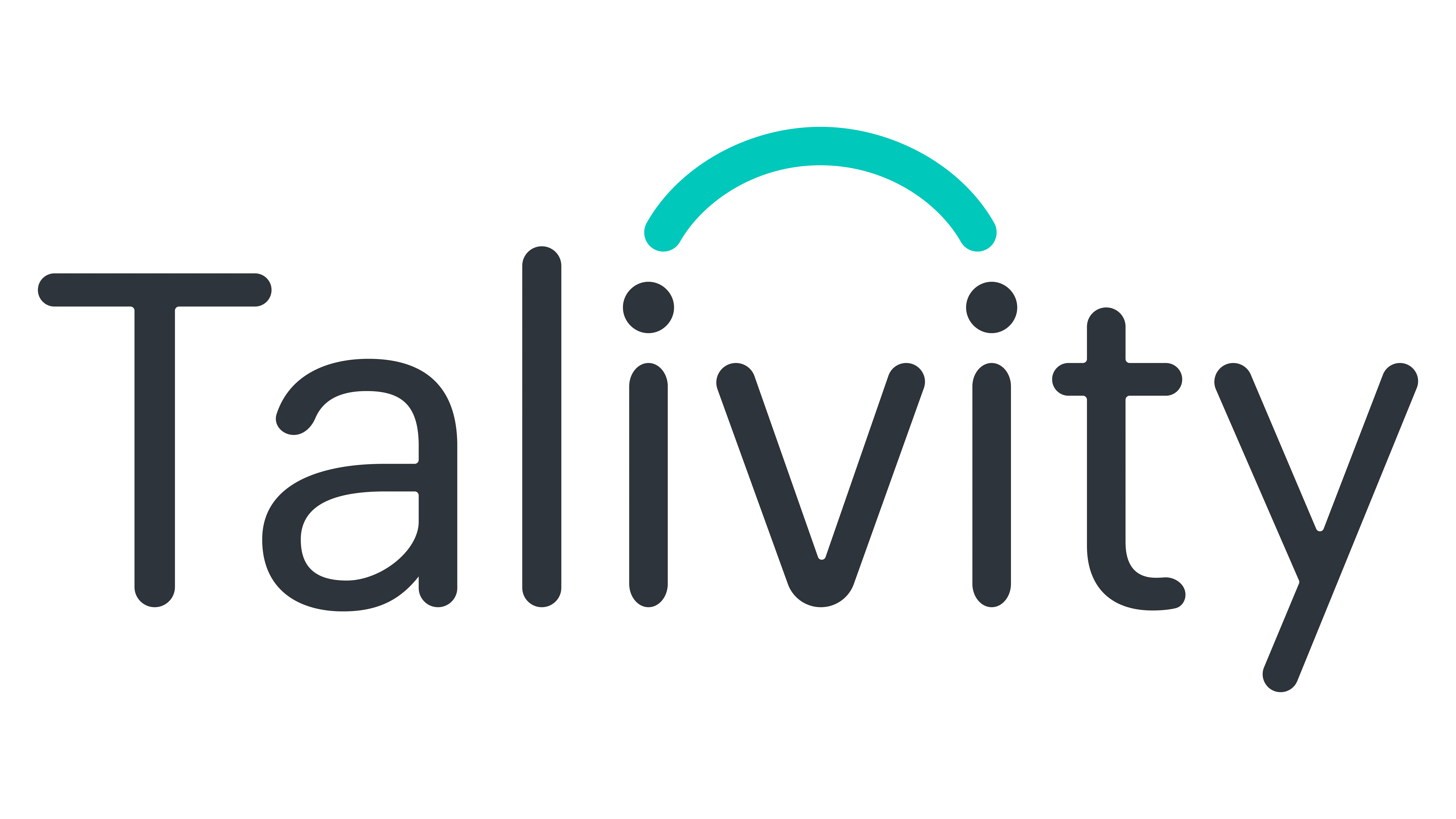Find the right solution for your business.
Explore SolutionsThere’s nothing homogeneous about today’s workplaces—if there ever was. Today, though, organizational and HR leaders have a heightened awareness of the importance of diversity, equity, inclusion and belonging (DEIB).
Even such seemingly innocuous things like holiday decorations or music can lead to claims of “discrimination and violating workers’ rights to free speech and religious expression,” according to a Human Resource Executive article.
Employers and their HR advisors want to know:
- How can I avoid religious discrimination in the workplace?
- How do you celebrate holidays with diversity?
- How can I make Christmas inclusive at work?
These are important questions to ask and they demonstrate growing awareness of the need to create a culture of belonging for all employees, especially during the frenetic holiday season.
Know Your Workforce
An important starting point to help minimize risk is to understand your employees and, to the extent possible, their backgrounds and holiday celebration preferences. Smaller workplaces can gather this information through conversations, interactions and the relationships that already exist. Larger organizations might consider conducting a poll or survey to gather input.
These efforts can pay off in important ways. For instance, SHRM points out that making an effort to recognize employees’ unique personal beliefs can pay off in terms of higher commitment and engagement.
Navigate Time Off Carefully
It’s common for companies in the US to give employees time off for holidays like Thanksgiving and Christmas. But, again, not all employees celebrate those specific holidays. What about time off for the holidays that others recognize?
As Harvard Business Review points out, there were an estimated 176 religious holidays estimated in 2021. Providing time off for all of these would, obviously, be impossible. However, they suggest, consider offering floating holidays along with a generous PTO policy.
Recognize Potential Areas of Conflict or Concern
Employment attorney Jonathan Segal suggests planning carefully—and inclusively—to avoid potential risks. He says: “Put up that beautiful Christmas tree, but please also put up a Hanukkah menorah, a ficus tree for Bodhi Day [the Buddhist holiday celebrated Dec. 8], and a basket with crops for Kwanzaa.”
But, he adds, “it’s best to avoid nativity scenes and Buddha statues or anything else that carries religious meaning.” That also goes for music that might be used during holiday parties, he says. Best to stay neutral with more pop songs like “Santa Claus Is Comin’ to Town instate of Silent Night or Hanuklah O Hanuklah.”
Do:
- Evaluate your plans or practices to detect any potential for exclusion or a focus on any particular faith or belief.
- Cast a wide net to include traditions that reflect your workforce.
- Ask for input from employees and be open to any concerns they may have.
Don’t:
- Fall back on traditional practices which, in the US, tend to focus on Christian beliefs and traditions.
- Ignore concerns expressed by employees, customers or others.
- Decide not to celebrate due to concerns over alienating some people—holidays can and should be celebrated, but celebrated in an inclusive manner.
The flip side of what to be aware of and what to avoid is the opportunity to create understanding and build relationships by allowing employees to share their beliefs and practices in non-threatening ways.
Invite Learning and Sharing
One of the big benefits of diversity for any organization is the opportunity to draw upon a wide range of experiences and perspectives to help drive innovation and growth. Individuals also benefit from these inputs. The holidays offer a great opportunity for organizations to give employees an opportunity to learn about other cultures and their customs.
This can be done in a variety of ways:
- Set up opportunities to celebrate the holidays employees honor. This could be done by setting up tables in common areas where employees could create displays, or by inviting employee groups to submit “poster boards” to educate others about their celebrations.
- Sponsor “pot luck” events where employees from different cultural backgrounds share their traditional holiday food items.
- Hold “lunch and learns” to offer an opportunity for employees to share their traditions with others—and for others to ask questions.
- Invite in guest speakers, sponsor a webinar or event.
Virtual events can be a great way to educate and inform that reaches not only employees on site, but wherever they may be working from. Platforms like BigMarker and EasyVirtualFair can make it easy to organize and hold these events, while also offering opportunity for interaction and feedback.
Encouraging employees to create video interviews where there share information about their celebrations and traditions that can be posted to your intranet site or Slack channel can be another great way to raise awareness and understanding.
There are many ways you can help employees learn about and better understand their colleagues holiday traditions. Another way of opening up these conversations all year round could be the formation of employee resource groups (ERGs) designed to reflect various employee segments.
Make it Fun—But Don’t Make it Mandatory
Holiday parties are common during this time of year, and they can be a lot of fun for many employees—but not for all employees. An article for my HR counsel says: “All holiday-related events, celebrations, decorations and activities must be purely voluntary. Not all employees celebrate Christmas or Hanukkah. Activities such as decorating a tree or participating in a gift exchange may make some employees feel uncomfortable, or may actively conflict with an employee’s religious beliefs.”
This is another area where your ERGs could help by offering their insights and ideas, or providing feedback on planned events and activities your organization may be considering.
With holiday season in full swing there’s plenty of opportunity to evaluate your plans and practices and take steps to ensure that they are inclusive and supportive of a culture that recognizes and celebrates the diversity of your entire workforce.


